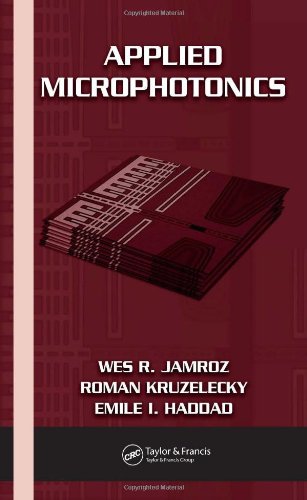

Most ebook files are in PDF format, so you can easily read them using various software such as Foxit Reader or directly on the Google Chrome browser.
Some ebook files are released by publishers in other formats such as .awz, .mobi, .epub, .fb2, etc. You may need to install specific software to read these formats on mobile/PC, such as Calibre.
Please read the tutorial at this link: https://ebookbell.com/faq
We offer FREE conversion to the popular formats you request; however, this may take some time. Therefore, right after payment, please email us, and we will try to provide the service as quickly as possible.
For some exceptional file formats or broken links (if any), please refrain from opening any disputes. Instead, email us first, and we will try to assist within a maximum of 6 hours.
EbookBell Team

5.0
108 reviewsFollowing an overview of historical and commercial driving forces, the authors briefly review the underlying physics, emphasizing the practical and design implications for photonic systems. This general discussion lays the foundation for the remainder of the book, where the authors first introduce the photonic node and then discuss each subsystem in detail, including transmitters, couplers and switches, multiplexers and demultiplexers, receivers, amplifiers, and compensators. The following chapters explore new technologies such as photonic band gap structures, materials and fabrication processes, integration methodologies, and advanced devices such as photonic computers. The book concludes with a brief introduction to quantum photonics and a forward look at potential directions of photonics.
Applied Microphotonics encapsulates the recent push toward all-optical networks and devices with an applications-oriented perspective. It is ideal for newcomers to the field as well as anyone curious to know how photonic technology can benefit their own field.